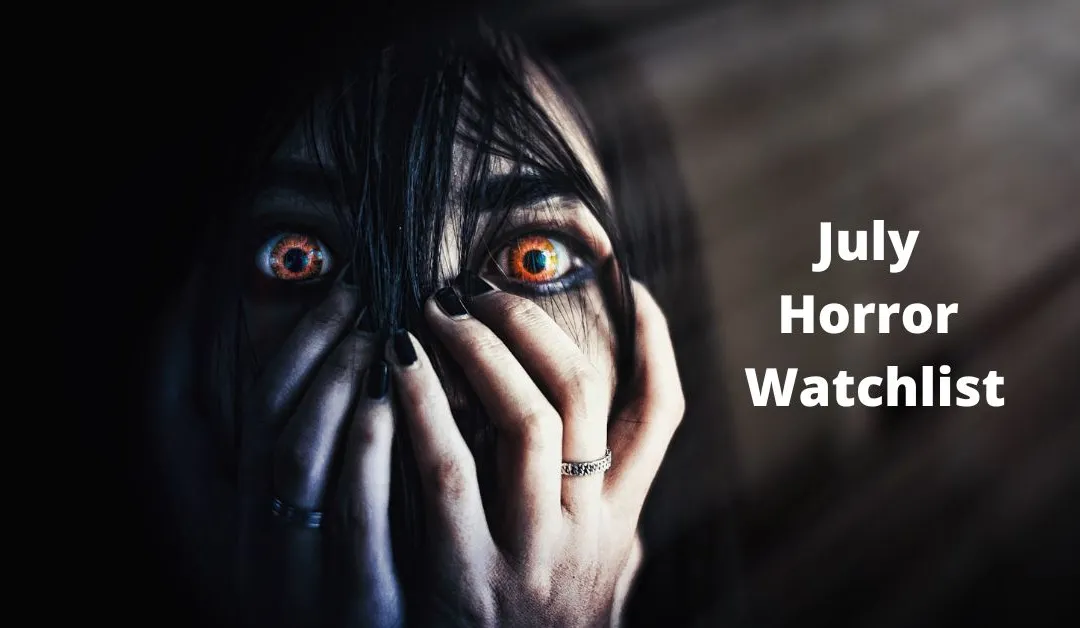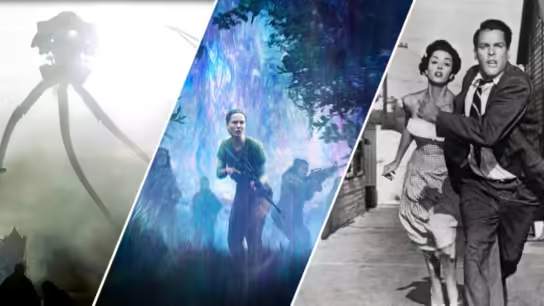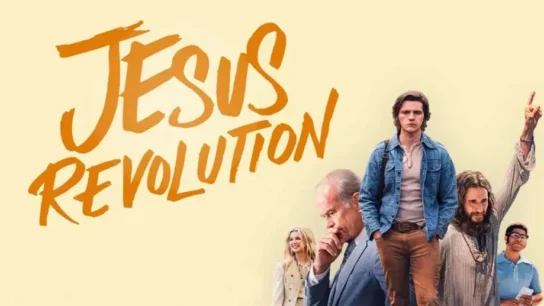Horror movies, a genre designed to evoke fear, suspense, and shock, have captivated audiences for decades. From classic tales of supernatural entities to modern psychological thrillers, horror films delve into the darkest corners of human imagination. Here’s a deeper look into what makes horror movies such a compelling and enduring genre.
Evolution and Themes
Historical Roots: Horror as a genre has deep historical roots, stemming from folklore, Gothic literature, and early cinema. Influential films like “Nosferatu” (1922) and “Psycho” (1960) laid the groundwork for what would become iconic horror tropes and techniques.
Themes: Horror movies often explore primal fears such as the unknown, death, supernatural forces, and the darkness within human nature. They can also reflect societal anxieties of their time, providing a lens through which audiences confront and process collective fears.
Subgenres
Supernatural Horror: These films typically involve ghosts, demons, or other paranormal entities. Examples include “The Exorcist” (1973) and “The Conjuring” series (2013–present).
Psychological Horror: Focuses on the mind and its complexities, often blurring the line between reality and delusion. Examples include “Psycho” (1960) and “Black Swan” (2010).
Slasher Films: Known for their graphic violence and relentless antagonists, slasher films like “Halloween” (1978) and “Scream” (1996) often center around a serial killer stalking victims.
Monster Movies: Featuring larger-than-life creatures such as zombies (“Night of the Living Dead” (1968)), vampires (“Dracula” (1931)), or mutated beings (“The Thing” (1982)).
Iconic Directors and Films
Alfred Hitchcock: Often referred to as the “Master of Suspense,” Hitchcock’s films like “Psycho” and “The Birds” set new standards for psychological tension and narrative twists.
John Carpenter: Known for his atmospheric style and chilling soundtracks, Carpenter directed cult classics such as “Halloween” and “The Thing.”
Contemporary Voices: Filmmakers like Jordan Peele (“Get Out” (2017), “Us” (2019)) have revitalized the genre by infusing social commentary with horror elements, addressing themes of race, identity, and societal divides.
Impact and Influence
Cultural Impact: Horror movies have left an indelible mark on popular culture, spawning merchandise, conventions, and even themed attractions. Iconic characters like Freddy Krueger (“A Nightmare on Elm Street”) and Jason Voorhees (“Friday the 13th”) have become cultural icons.
Technical Innovations: The horror genre has often pushed the boundaries of filmmaking techniques, from special effects to innovative cinematography, to create visceral and immersive experiences for audiences.
Conclusion
Horror movies continue to evolve, adapting to cultural shifts while tapping into universal fears and anxieties. Whether they terrify, shock, or provoke thought, these films remain a testament to the power of storytelling and the human fascination with the macabre. As the genre continues to thrive, new filmmakers and audiences alike embrace the thrill of the unknown, ensuring that horror cinema remains a vital and enduring part of cinematic history.





